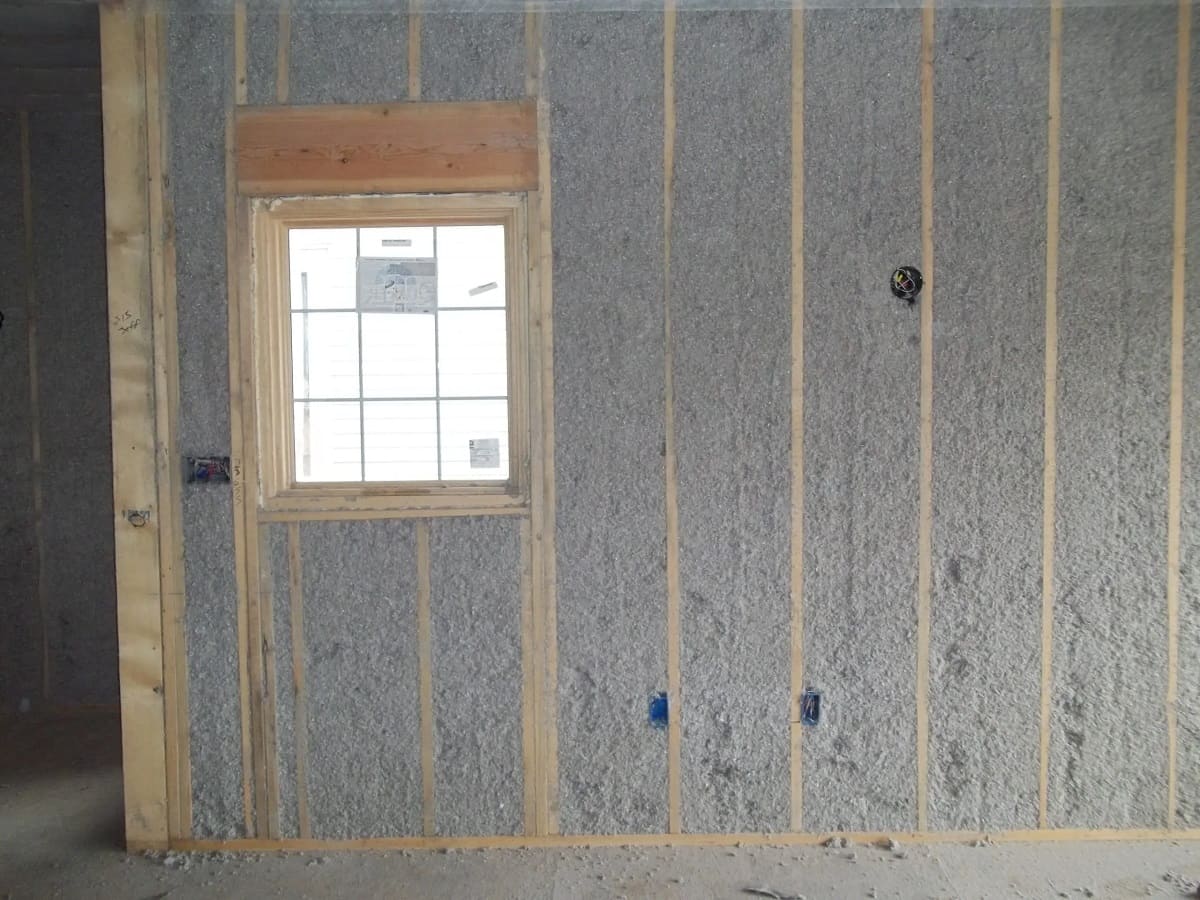

Articles
How To Insulate A Basement
Modified: February 24, 2024
Learn how to insulate your basement with these informative articles. From choosing the right insulation materials to installation tips, we cover it all.
(Many of the links in this article redirect to a specific reviewed product. Your purchase of these products through affiliate links helps to generate commission for Storables.com, at no extra cost. Learn more)
Introduction
When it comes to maximizing the energy efficiency and comfort of your home, insulating your basement is a crucial step. A properly insulated basement not only helps to regulate temperature and moisture levels, but it also prevents heat loss and reduces energy bills. Whether you’re planning to convert your basement into a living space or simply want to improve the overall energy efficiency of your home, insulating your basement is a smart investment.
In this article, we will guide you through the process of insulating your basement, from understanding the importance of basement insulation to choosing the right type of insulation and installing it correctly. We will also discuss sealing air leaks and the role of vapor barriers in basement insulation. By the end of this article, you will have the knowledge and tools to effectively insulate your basement, ensuring a comfortable and energy-efficient space.
Before we dive into the specifics of basement insulation, it’s essential to have a basic understanding of how insulation works. Insulation acts as a barrier, slowing down the transfer of heat between the inside and outside of your home. In the basement, insulation helps to keep the space warm in winter and cool in summer, reducing the workload on your heating and cooling systems.
Now that we understand the importance of basement insulation, let’s explore how to assess your insulation needs. This step is crucial to determine the current state of insulation in your basement and identify any areas that need improvement. Assessing your insulation needs will help you understand the specific requirements and challenges of your basement, allowing you to make informed decisions about the insulation materials and techniques to use.
With that said, let’s move on to the next section, where we will discuss the different types of insulation commonly used in basements.
Key Takeaways:
- Properly assess insulation needs based on moisture levels, climate, and basement purpose. Choose suitable materials and techniques for optimal energy efficiency and comfort.
- Regularly maintain and monitor basement insulation to ensure longevity and performance. Control moisture, prevent pest damage, and reinforce insulation when needed for maximum effectiveness.
Read more: How To Install Insulation In Basement
Understanding Basement Insulation
Basement insulation plays a vital role in maintaining a comfortable and energy-efficient home. Understanding the basics of basement insulation will help you make informed decisions when it comes to selecting the right materials and techniques for your basement.
The main purpose of insulating your basement is to create a thermal barrier between the conditioned living space and the outdoor environment. This barrier helps to regulate the temperature inside the basement, preventing heat loss in the winter and heat gain in the summer. It also helps to control moisture levels and reduce the risk of mold growth.
Basement insulation can be installed on the walls, floors, and ceilings, depending on the specific needs of your basement. Insulating the walls is the most common and effective approach, as it creates a continuous barrier to prevent heat transfer between the inside and outside of the basement. Insulating the floors and ceilings can also provide additional benefits, such as noise reduction and improved energy efficiency.
When selecting insulation materials for your basement, it’s important to consider their R-value. The R-value measures the material’s resistance to heat flow, with higher values indicating better insulation performance. The appropriate R-value for your basement will depend on the local climate and the desired level of insulation.
Another important factor to consider is the moisture resistance of the insulation. Basements are prone to high humidity levels and potential moisture issues, so it’s crucial to choose insulation materials that are resistant to moisture and can help control condensation.
Now that we have a basic understanding of basement insulation, let’s move on to the next section, where we will discuss how to assess your insulation needs.
Assessing Insulation Needs
Before you start insulating your basement, it’s important to assess your insulation needs. This step will help you determine the current state of insulation in your basement and identify any areas that require improvement.
One of the first things to consider is the age of your home. Older homes may have little to no insulation in the basement, while newer homes may already have some form of insulation installed. It’s important to determine the type and condition of the existing insulation, as it can impact your insulation approach.
Next, evaluate the temperature and moisture levels in your basement. Is the area consistently cold and damp? Are there signs of condensation or mold growth? Understanding the current conditions will help you determine the best insulation materials and techniques to use.
Inspect the walls, floors, and ceilings of your basement for any visible gaps, cracks, or air leaks. These openings can contribute to heat loss and moisture infiltration. Seal any air leaks or gaps before installing insulation to ensure optimal energy efficiency.
Consider the purpose of your basement. If you plan to use it as a living space, you’ll need to prioritize comfort and energy efficiency. On the other hand, if your basement is primarily used for storage or as a mechanical room, insulation requirements may be different.
It’s also essential to consider local building codes and regulations regarding basement insulation. Some areas may have specific requirements or recommendations for basement insulation. Make sure to familiarize yourself with these guidelines before proceeding.
Finally, evaluate your budget and time constraints. Different insulation materials and techniques have varying costs and installation requirements. Determine the insulation approach that aligns with your budget and timeline.
By conducting a thorough assessment of your insulation needs, you’ll be better equipped to make informed decisions about the type of insulation materials and techniques to use in your basement. In the next section, we will explore the different types of basement insulation available.
Types of Basement Insulation
When it comes to insulating your basement, there are several types of insulation materials to choose from. Each type has its own advantages and considerations, so it’s important to select the one that best suits your specific needs and budget. Let’s explore some of the most commonly used types of basement insulation:
- Rigid Foam Insulation: Rigid foam insulation is a popular choice for basement walls. It comes in panels or sheets and provides excellent insulation and moisture resistance. This type of insulation is easy to install and can be secured directly to the walls using adhesive or mechanical fasteners. Rigid foam insulation also has a high R-value, providing optimal energy efficiency.
- Fiberglass Insulation: Fiberglass insulation is another commonly used insulation material for basements. It comes in the form of batts or loose-fill, and it is relatively easy to install. Fiberglass insulation is cost-effective and provides good thermal performance. However, it is not as moisture resistant as rigid foam insulation and may require additional moisture control measures.
- Spray Foam Insulation: Spray foam insulation is a versatile option that can be used on basement walls, floors, and ceilings. It is applied as a liquid and expands to fill gaps and cracks, creating a seamless and airtight barrier. Spray foam insulation provides excellent insulation, air sealing, and moisture resistance. However, professional installation is recommended due to the specialized equipment and expertise required.
- Cellulose Insulation: Cellulose insulation is made from recycled paper and treated to be fire-resistant. It is a cost-effective and environmentally friendly option for insulating basement walls. Cellulose insulation is typically blown into wall cavities, providing excellent thermal performance and soundproofing capabilities. However, it is important to address any moisture concerns before installing cellulose insulation.
- Reflective Insulation: Reflective insulation consists of a layer of foil that reflects heat back into the room. It is often used in combination with other insulation materials to enhance thermal performance. Reflective insulation is easy to install and can be applied to basement walls, floors, or ceilings. However, it may not provide sufficient insulation on its own and should be used in conjunction with other insulation types.
Choosing the right type of insulation for your basement will depend on factors such as your budget, moisture levels, desired R-value, and installation preferences. It’s important to consult with a professional or do thorough research to determine the best option for your specific situation.
In the next sections, we will guide you through the process of installing insulation on basement walls, as well as insulating basement floors and ceilings.
Installing Insulation on Basement Walls
Insulating the walls of your basement is one of the most effective ways to improve energy efficiency and create a comfortable living space. Follow these steps to properly install insulation on your basement walls:
- Prepare the walls: Before installing insulation, it’s important to clean and prepare the walls. Remove any existing insulation, debris, or mold. Repair any cracks or gaps in the wall to ensure a smooth surface to work with.
- Choose the insulation material: Select the type of insulation material that best suits your needs and budget. Rigid foam insulation panels are a popular choice for basement walls due to their high R-value and moisture resistance. Measure and cut the insulation panels to fit the height and width of the walls.
- Install the insulation: Apply construction adhesive to the back of the insulation panels and press them firmly against the basement walls. Make sure the panels are level and plumb as you go. Use mechanical fasteners, such as screws or nails, to secure the panels to the walls for added stability.
- Seal the gaps: Insulate any gaps or seams between the insulation panels using spray foam insulation or insulation tape. This will help create an airtight and moisture-resistant barrier. Pay special attention to the corners, top, and bottom of each panel.
- Install a vapor barrier: Depending on your specific needs and local building codes, consider installing a vapor barrier over the insulation. A vapor barrier helps to prevent moisture from entering the basement walls and causing damage. Consult with a professional or local guidelines to determine if a vapor barrier is necessary in your area.
- Finish the walls: Once the insulation is installed, you can choose to leave it exposed or cover it with a finishing material, such as drywall, paneling, or decorative wall covering. This will not only enhance the appearance of your basement but also provide an extra layer of protection for the insulation.
It’s important to note that basement insulation installation requires proper safety precautions, such as wearing protective gear and working in well-ventilated areas. If you’re unsure of your DIY skills or prefer a professional installation, it’s always a good idea to consult with an experienced contractor or insulation specialist.
Next, we will discuss insulating basement floors and ceilings, which can further contribute to a well-insulated and comfortable basement space.
When insulating a basement, use rigid foam insulation to provide a moisture barrier and thermal protection. Install it against the basement walls before framing.
Read more: How To Insulate A Basement Floor
Insulating Basement Floors and Ceilings
In addition to insulating the walls of your basement, insulating the floors and ceilings can provide additional benefits such as noise reduction, improved energy efficiency, and enhanced comfort. Here’s how you can insulate your basement floors and ceilings:
- Insulating Basement Floors: Insulating basement floors can help prevent heat loss and create a more comfortable living space. One common method is to install rigid foam insulation boards directly on the concrete floor. Measure and cut the insulation boards to fit the dimensions of the floor. Apply construction adhesive to the back of the boards and press them firmly onto the floor. Seal any gaps or seams with foam insulation or tape. Once the insulation is installed, you can lay flooring material, such as carpet, laminate, or engineered wood, over the insulation to create a finished look. This will provide a thermal barrier between the cold concrete floor and the living space.
- Insulating Basement Ceilings: Insulating basement ceilings can help reduce noise transmission from the basement to upper floors and improve energy efficiency. One effective method is to use fiberglass batt insulation. Measure and cut the insulation batts to fit between the floor joists. Ensure a snug fit and use wire or insulation supports to hold the batts in place. Pay attention to areas with electrical wires, plumbing pipes, or other obstructions, and carefully work around them. Additionally, consider installing a soundproofing material, such as acoustic panels or resilient channels, to further reduce noise transmission. Once the insulation is installed, you can install a ceiling material, such as drywall, to complete the finished look.
It’s important to note that insulating basement floors and ceilings may not be suitable for all situations. Consider factors such as ceiling height, space limitations, and building codes when deciding whether to insulate these areas. Consulting with a professional insulation contractor can help you determine the best approach for your specific basement.
Now that we’ve covered insulating basement walls, floors, and ceilings, it’s time to focus on sealing air leaks in the basement. This step is crucial for maximizing the effectiveness of your insulation and improving energy efficiency.
Sealing Air Leaks in the Basement
One of the key factors in maintaining an energy-efficient basement is sealing air leaks. Air leaks can lead to heat loss, drafts, and increased energy consumption. By identifying and sealing these leaks, you can maximize the effectiveness of your insulation and improve the overall energy efficiency of your basement. Here are some steps to seal air leaks in the basement:
- Identify problem areas: Start by inspecting the basement for any visible cracks, gaps, or openings where air might be escaping. Common problem areas include window and door frames, utility penetrations, electrical outlets, plumbing fixtures, and gaps around pipes or ductwork.
- Weatherstrip doors and windows: Use weatherstripping to seal gaps around doors and windows. Apply adhesive-backed foam tape or install door sweeps to prevent air leakage. Additionally, consider adding caulk or sealant around the window frames for added protection.
- Seal utility penetrations: Check for any gaps or penetrations where pipes, wires, or cables enter the basement. Use expanding foam or caulk to seal these openings and prevent air leakage.
- Seal electrical outlets: Remove outlet covers and use foam gaskets to seal the gaps around electrical outlets. This simple and inexpensive solution can help reduce air leakage and improve energy efficiency.
- Insulate ductwork: Insulate exposed ductwork in the basement to prevent air leakage and maintain optimal temperature control. Use duct insulation sleeves or wrap the ducts with foil-faced insulation to minimize heat loss and improve energy efficiency.
- Apply caulk or sealant: Use caulk or sealant to fill any visible gaps or cracks on walls, floors, or ceilings. Pay attention to areas where different materials meet, such as where the foundation meets the wall or where walls meet the ceiling. By sealing these gaps, you can prevent air infiltration and improve insulation performance.
Sealing air leaks in the basement is a relatively simple and cost-effective task that can yield significant energy savings and improve the overall comfort of your home. Take the time to thoroughly inspect your basement and address any air leakage issues before moving on to the next step in your insulation project.
Next, we will discuss the role of vapor barriers in basement insulation and how they can help prevent moisture-related issues.
Considering Vapor Barriers for Basement Insulation
When insulating your basement, it’s important to consider the role of vapor barriers. Vapor barriers are materials that help control moisture movement by preventing the diffusion of moisture vapor through walls, floors, and ceilings. In basements, where moisture can be a common concern, properly installed vapor barriers can help prevent moisture-related issues, such as mold and mildew growth. Here are some key points to consider when it comes to vapor barriers for basement insulation:
- The importance of moisture control: Basements are prone to high humidity levels and moisture intrusion. Moisture can enter the basement through the foundation walls, floors, or via condensation. It’s crucial to address moisture issues before insulating to avoid potential damage to the insulation and the overall integrity of the space.
- Types of vapor barriers: Vapor barriers can come in different forms, such as plastic sheets, foil-faced insulation, or paint-on coatings. The choice of a vapor barrier material will depend on factors such as the basement’s moisture levels, local building codes, and the type of insulation used.
- Installation location: Vapor barriers are typically installed on the warm side of the insulation, facing the interior of the basement. This placement helps to prevent moisture from entering the insulation and causing damage. It’s important to follow installation guidelines and recommendations specific to the chosen vapor barrier and insulation materials.
- Considerations for different basement areas: In some cases, such as in a conditioned basement, a vapor barrier may be unnecessary or even counterproductive. However, in unfinished or partially conditioned basements, where there is a temperature difference between the basement and the outside, a vapor barrier can help control moisture migration.
- Consulting professionals: If you’re unsure about whether or not to use a vapor barrier in your basement or the specific installation requirements, it’s recommended to consult with a professional insulation contractor. They can assess your specific situation, provide expert advice, and ensure the proper installation of the vapor barrier.
While vapor barriers can be beneficial in controlling moisture in basements, it’s important to note that they are not a solution for water leaks or extensive moisture problems. Before installing a vapor barrier, thoroughly address any existing moisture issues, such as waterproofing the foundation or improving drainage systems.
Now that we have covered vapor barriers, let’s move on to the next section, where we will discuss how to maintain and monitor your basement insulation to ensure its effectiveness over time.
Maintaining and Monitoring Basement Insulation
Once you’ve installed insulation in your basement, it’s important to maintain and monitor it regularly to ensure its effectiveness and longevity. Proper maintenance will help preserve the insulation’s performance and prevent any potential issues. Here are some tips for maintaining and monitoring your basement insulation:
- Regular inspections: Conduct periodic inspections of your basement insulation to check for any signs of damage or wear. Look for areas where the insulation may have become dislodged or compressed. Inspect the vapor barrier, if present, for any tears or gaps. Promptly address any issues to prevent further damage and maintain insulation performance.
- Manage moisture levels: Moisture is the enemy of insulation, so it’s crucial to control moisture levels in your basement. Keep an eye out for any signs of excess moisture, such as condensation, dampness, or mold growth. Address any moisture issues promptly by improving ventilation, addressing water leaks, or using dehumidifiers if necessary.
- Prevent damage from pests: Insulation can attract pests, such as rodents or insects, who may create nests or cause damage. Take preventive measures to secure your basement against pests. Keep the area clean and clutter-free, seal any gaps or openings that pests could enter through, and consider using pest-control methods if necessary.
- Reinforce insulation when needed: Over time, insulation may become less effective due to settling, compression, or wear. Reinforce insulation in areas where it has become inadequate or damaged. Replace or add insulation as needed to maintain optimal energy efficiency.
- Monitor energy consumption: Keep track of your energy bills and monitor changes in energy consumption. If you notice a significant increase in energy usage, it could be a sign that your insulation is compromised or insufficient. Consider conducting an energy audit to identify any areas of improvement and take appropriate action.
- Stay informed: As technology and insulation practices evolve, stay updated on the latest advancements and best practices in basement insulation. Attend workshops, read industry publications, and consult with professionals to ensure you’re utilizing the most effective insulation methods for your basement.
By following these maintenance and monitoring tips, you can prolong the lifespan of your basement insulation and ensure it continues to provide optimal energy efficiency and comfort for your home. Regular checks and timely maintenance will save you time and money in the long run, while also maximizing the benefits of your insulation investment.
Now that we’ve covered the importance of maintaining and monitoring your basement insulation, let’s conclude our article.
Read more: How To Insulate Basement Floor
Conclusion
Insulating your basement is a crucial step in creating a comfortable, energy-efficient, and moisture-controlled living space. By following the guidelines and steps outlined in this article, you can effectively insulate your basement and enjoy the numerous benefits it brings.
Throughout the article, we have covered various aspects of basement insulation, including understanding its importance, assessing insulation needs, exploring different types of insulation, and the installation process for basement walls, floors, and ceilings. We have also discussed the significance of sealing air leaks, considering vapor barriers, and maintaining and monitoring your basement insulation.
Key takeaways from this article include the need to properly assess your insulation needs based on factors such as moisture levels, climate, and the purpose of your basement. It’s important to choose the appropriate insulation materials and techniques to achieve optimal energy efficiency.
Moreover, sealing air leaks and controlling moisture are vital for maximizing insulation effectiveness and preventing potential issues like heat loss and mold growth. Considering the use of vapor barriers in your basement insulation can further contribute to moisture control.
Regular maintenance and monitoring of your basement insulation is essential to ensure its longevity and performance. By conducting inspections, managing moisture levels, preventing pest damage, reinforcing insulation when needed, and monitoring energy consumption, you can maintain the efficiency of your insulation and make necessary adjustments when required.
Remember, making informed decisions, seeking professional advice when needed, and staying updated on the latest insulation practices and advancements will help you create a basement that is energy-efficient, comfortable, and resistant to moisture-related issues.
With your newly acquired knowledge and the guidance provided in this article, you can confidently embark on your basement insulation journey, enhancing your home’s energy efficiency and improving your overall living environment.
Frequently Asked Questions about How To Insulate A Basement
Was this page helpful?
At Storables.com, we guarantee accurate and reliable information. Our content, validated by Expert Board Contributors, is crafted following stringent Editorial Policies. We're committed to providing you with well-researched, expert-backed insights for all your informational needs.
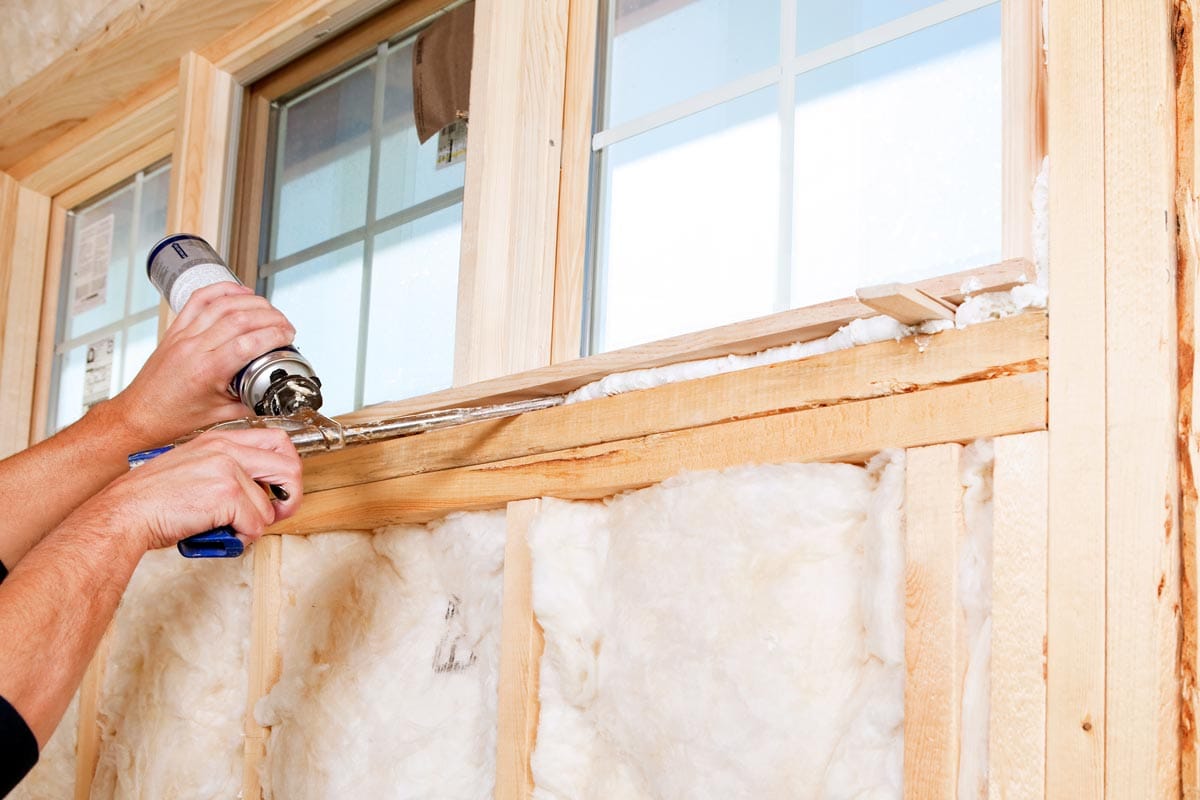
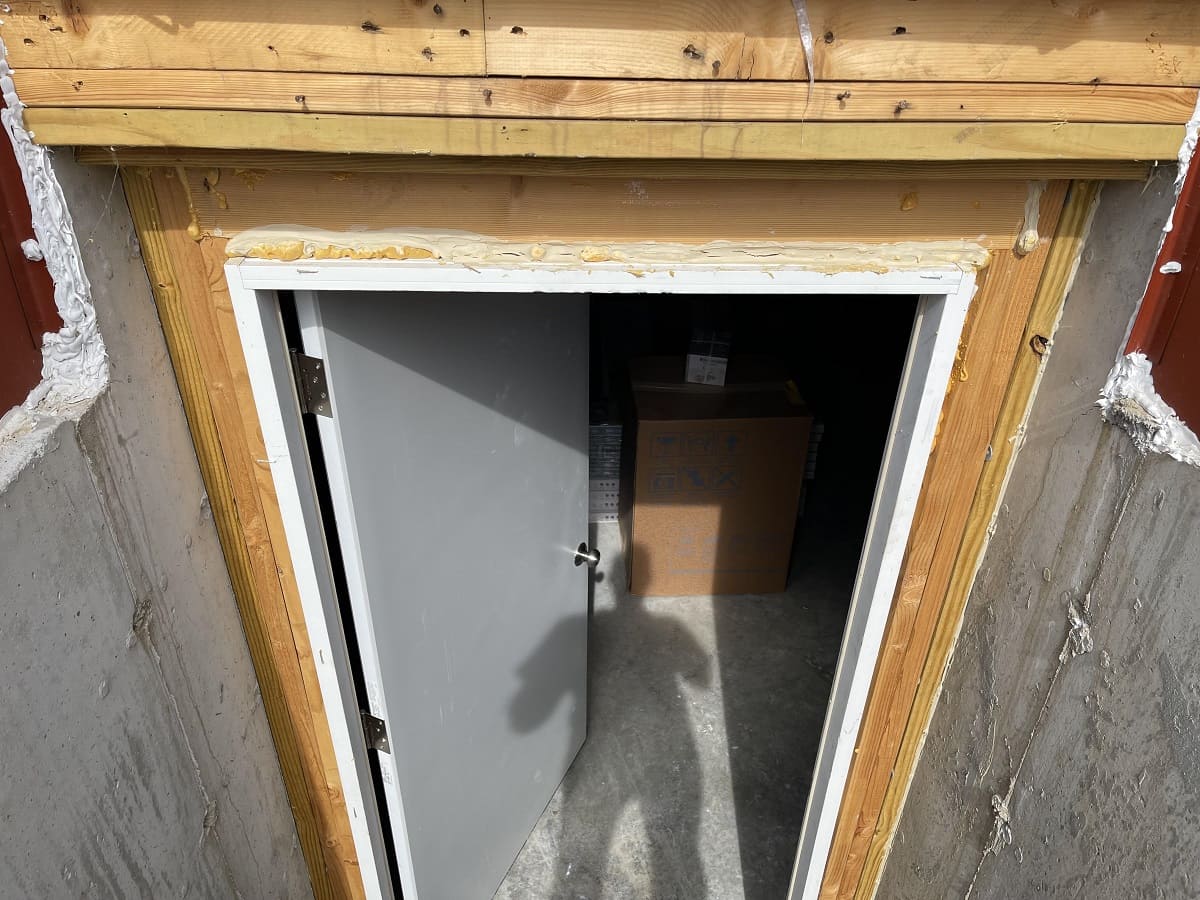
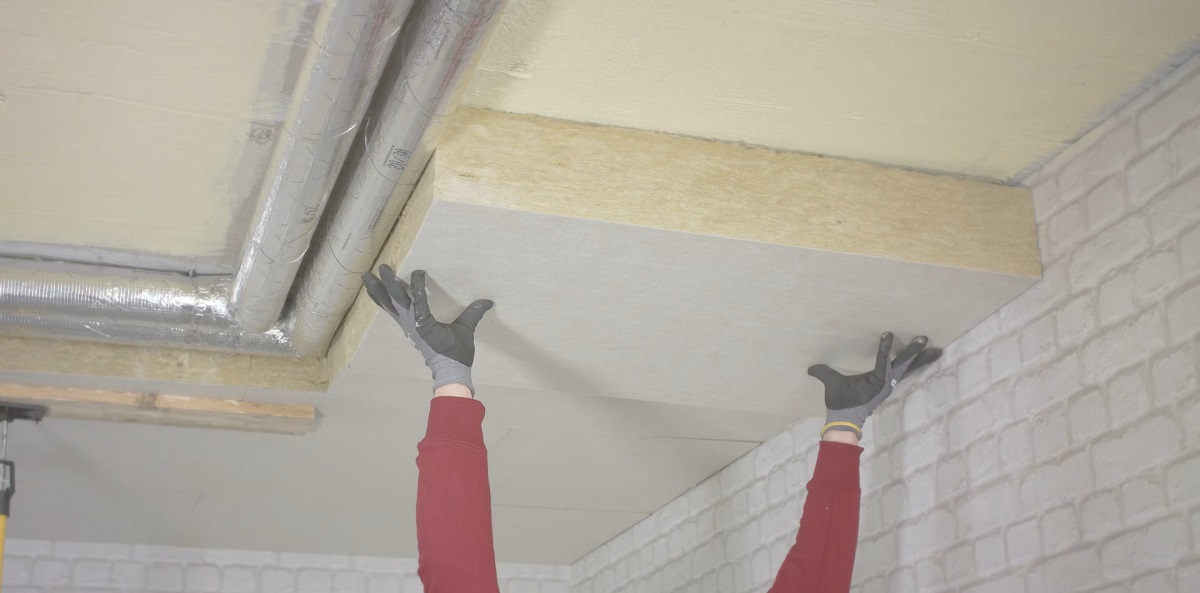
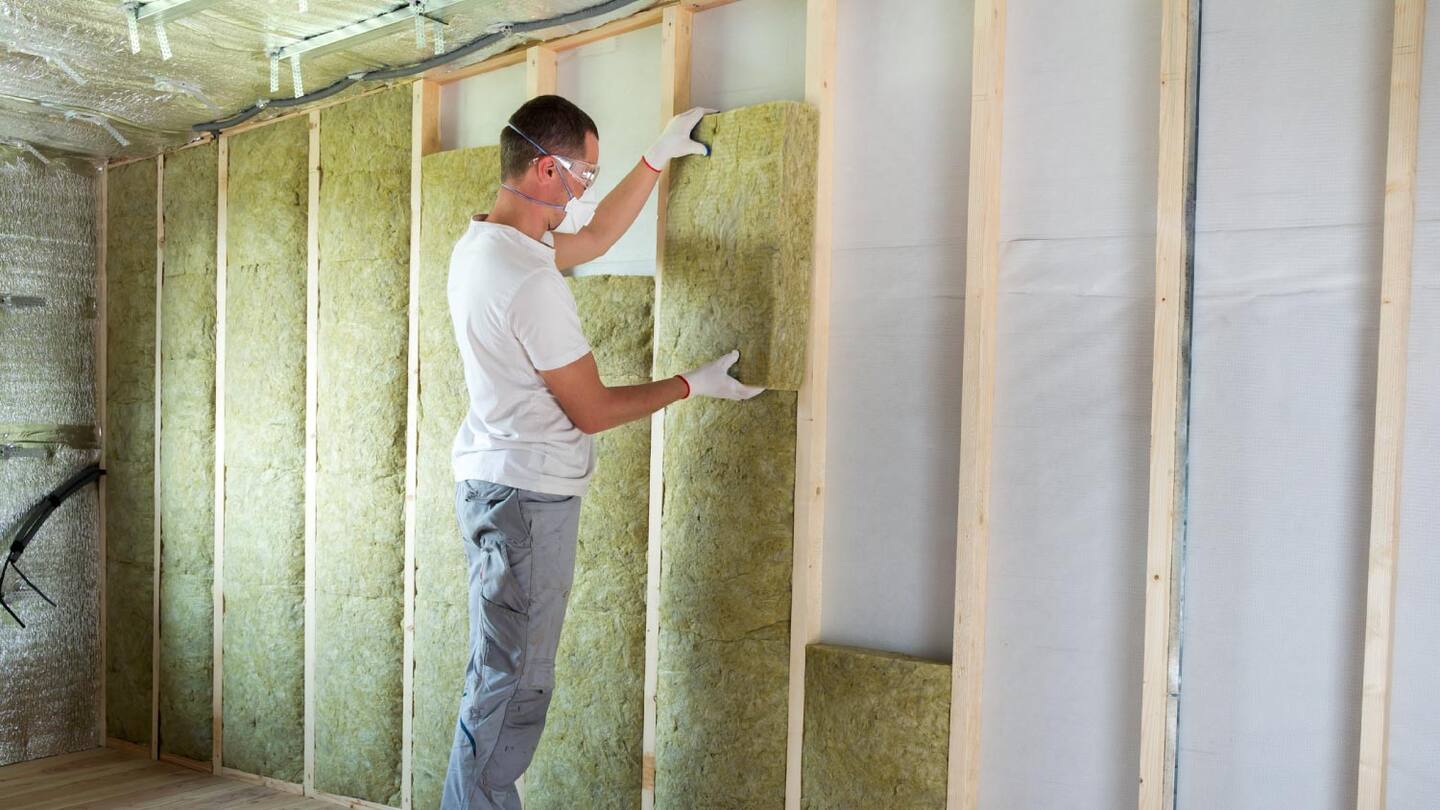
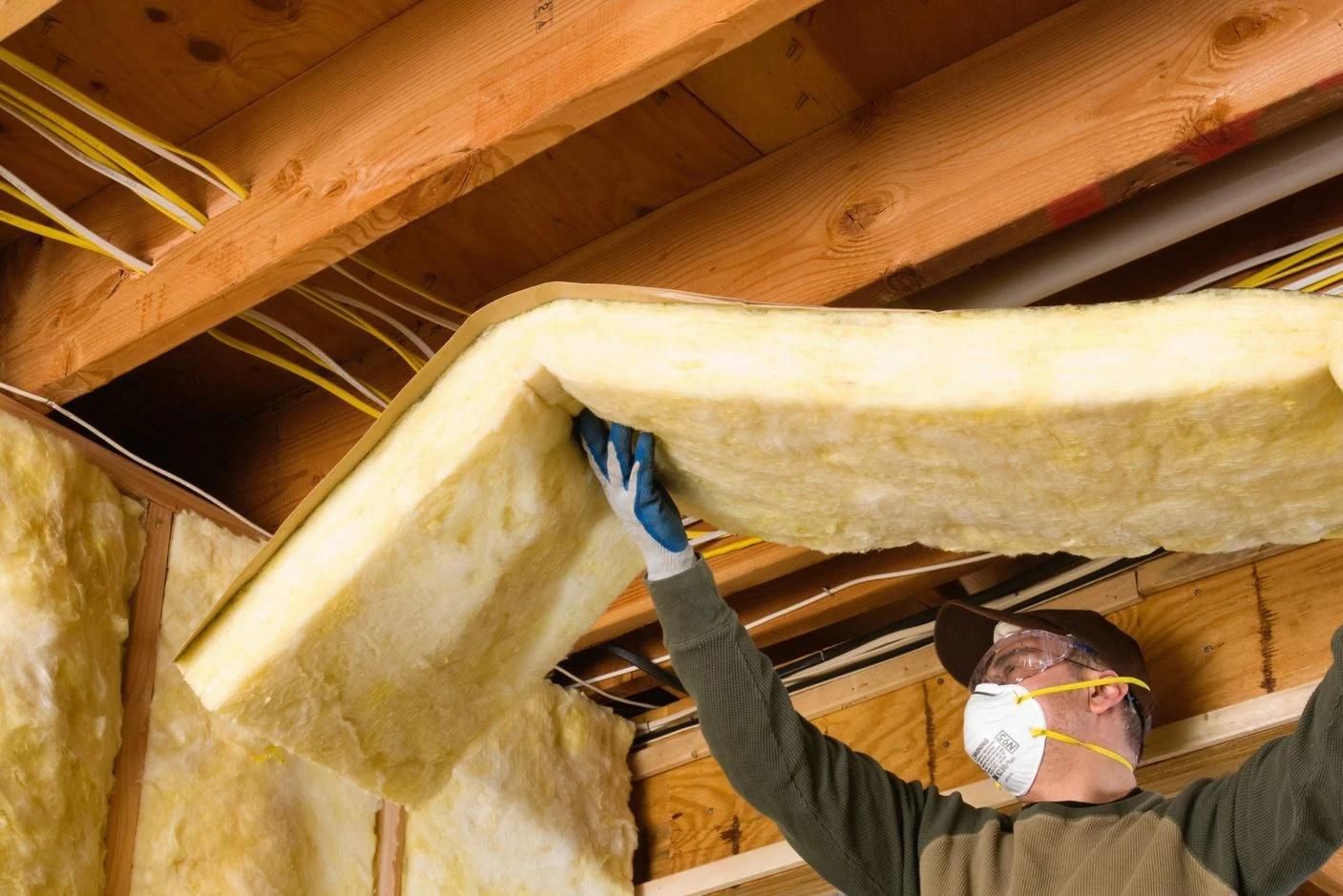
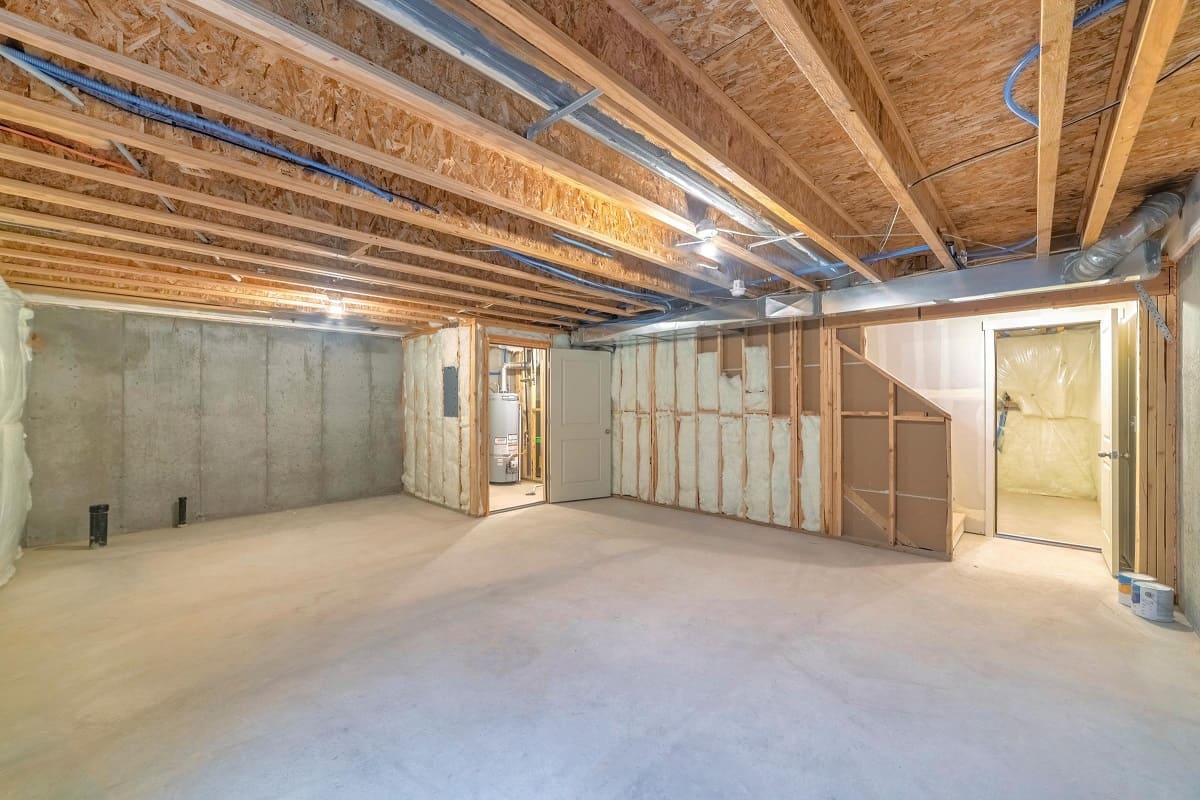
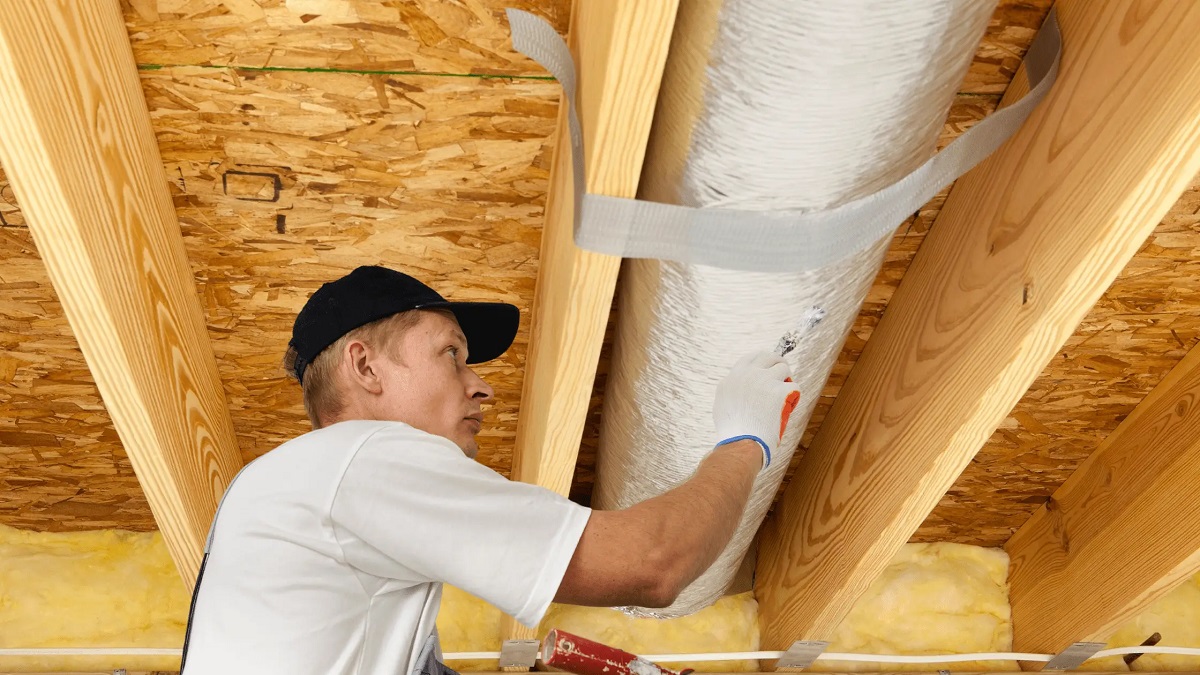
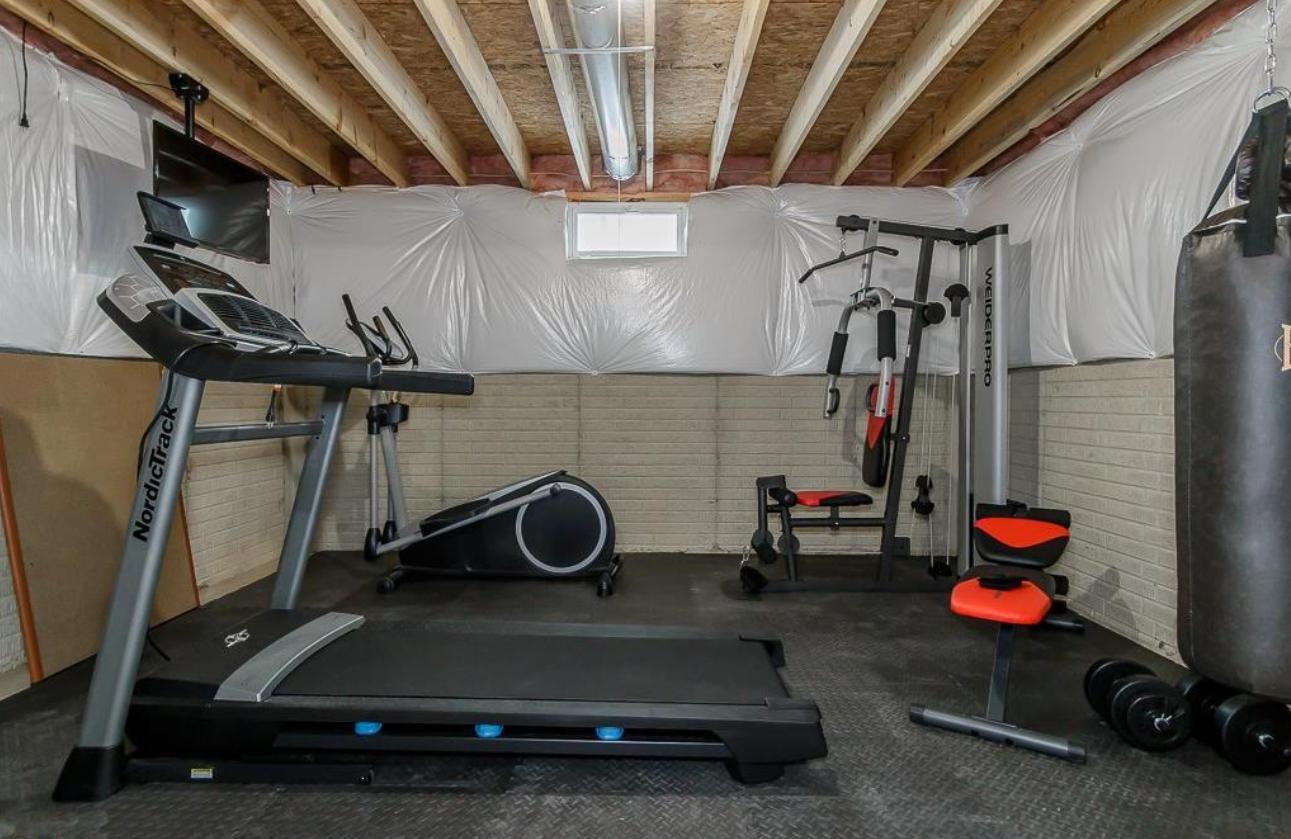
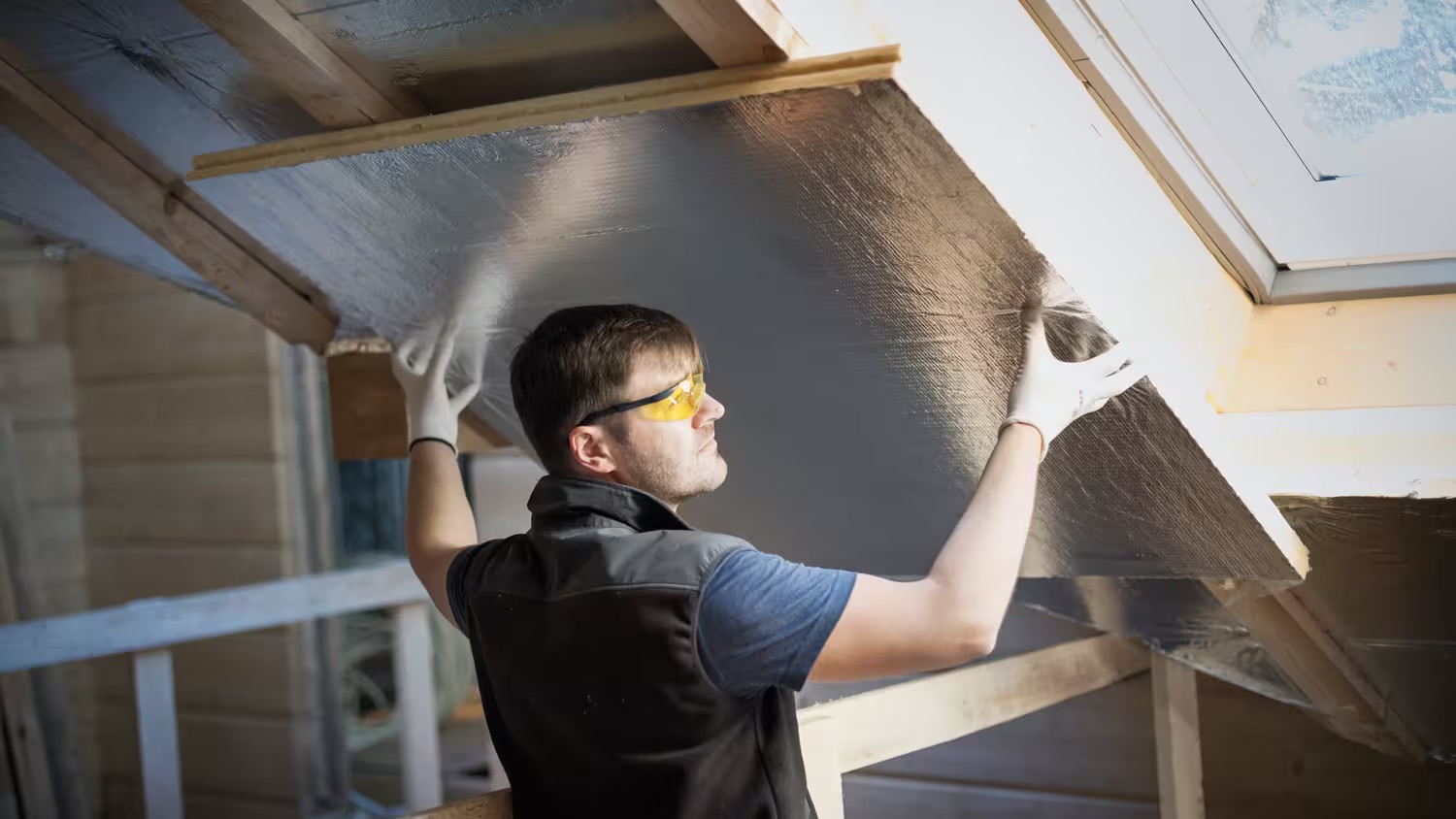
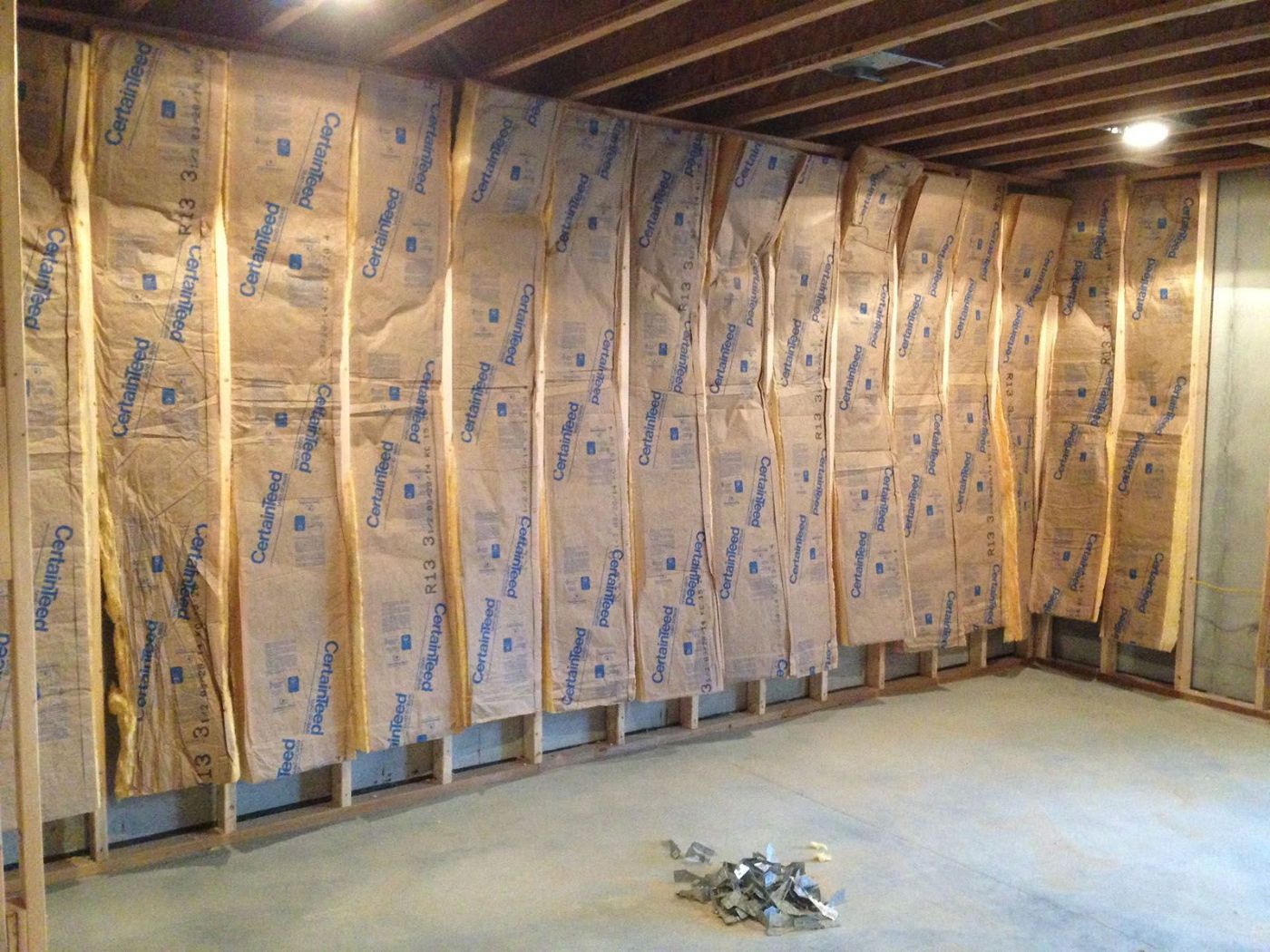
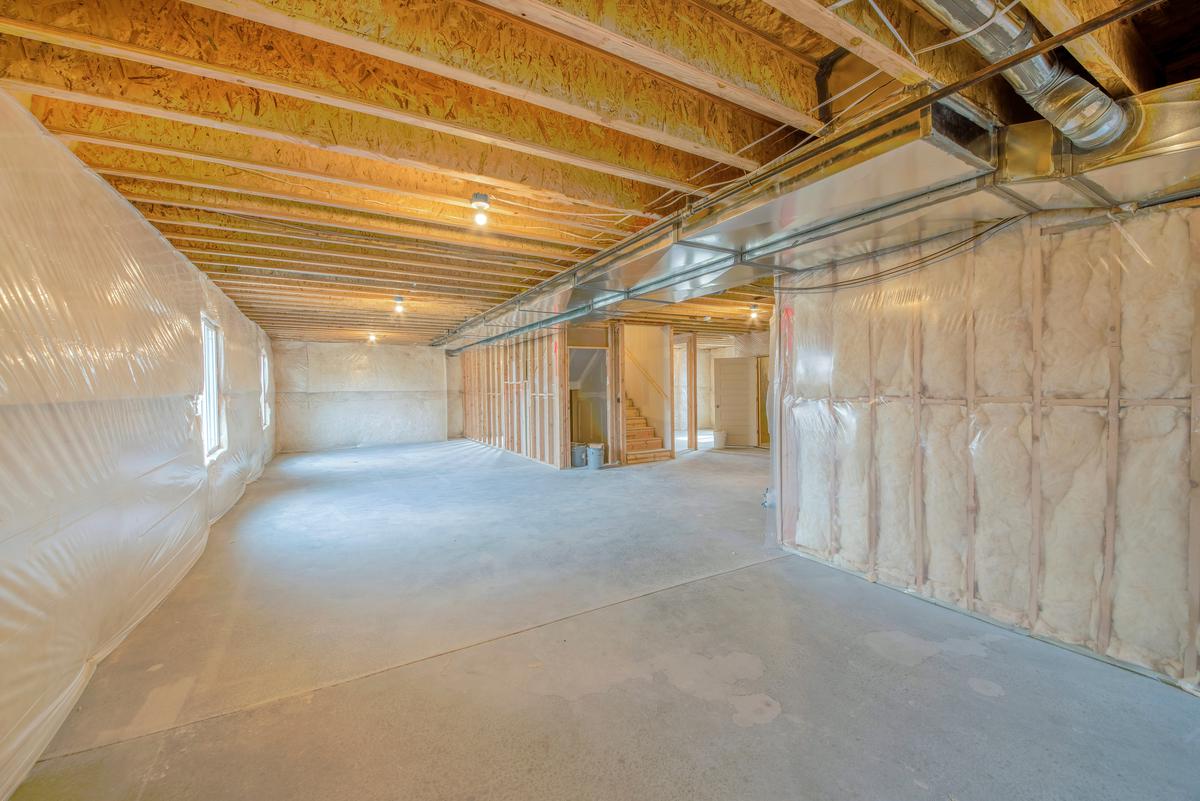
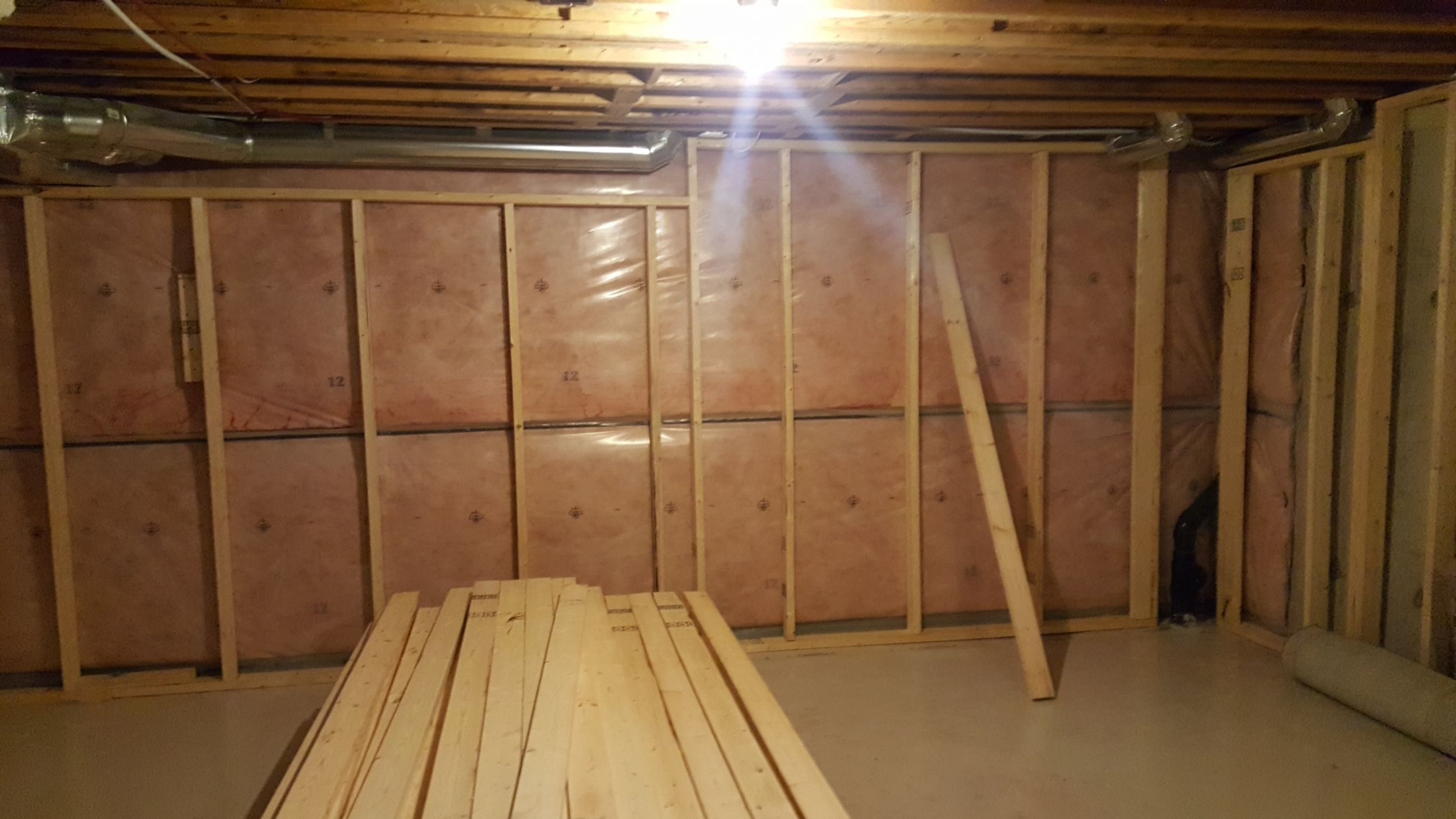
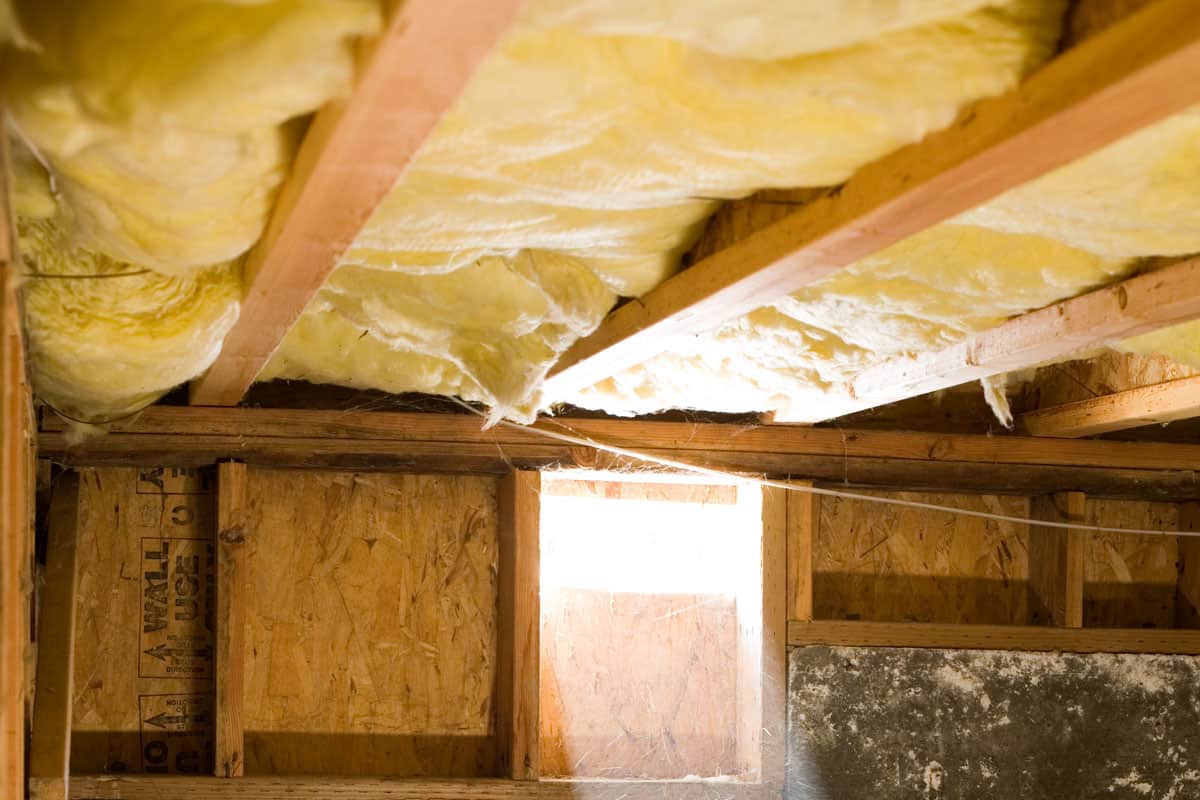

0 thoughts on “How To Insulate A Basement”